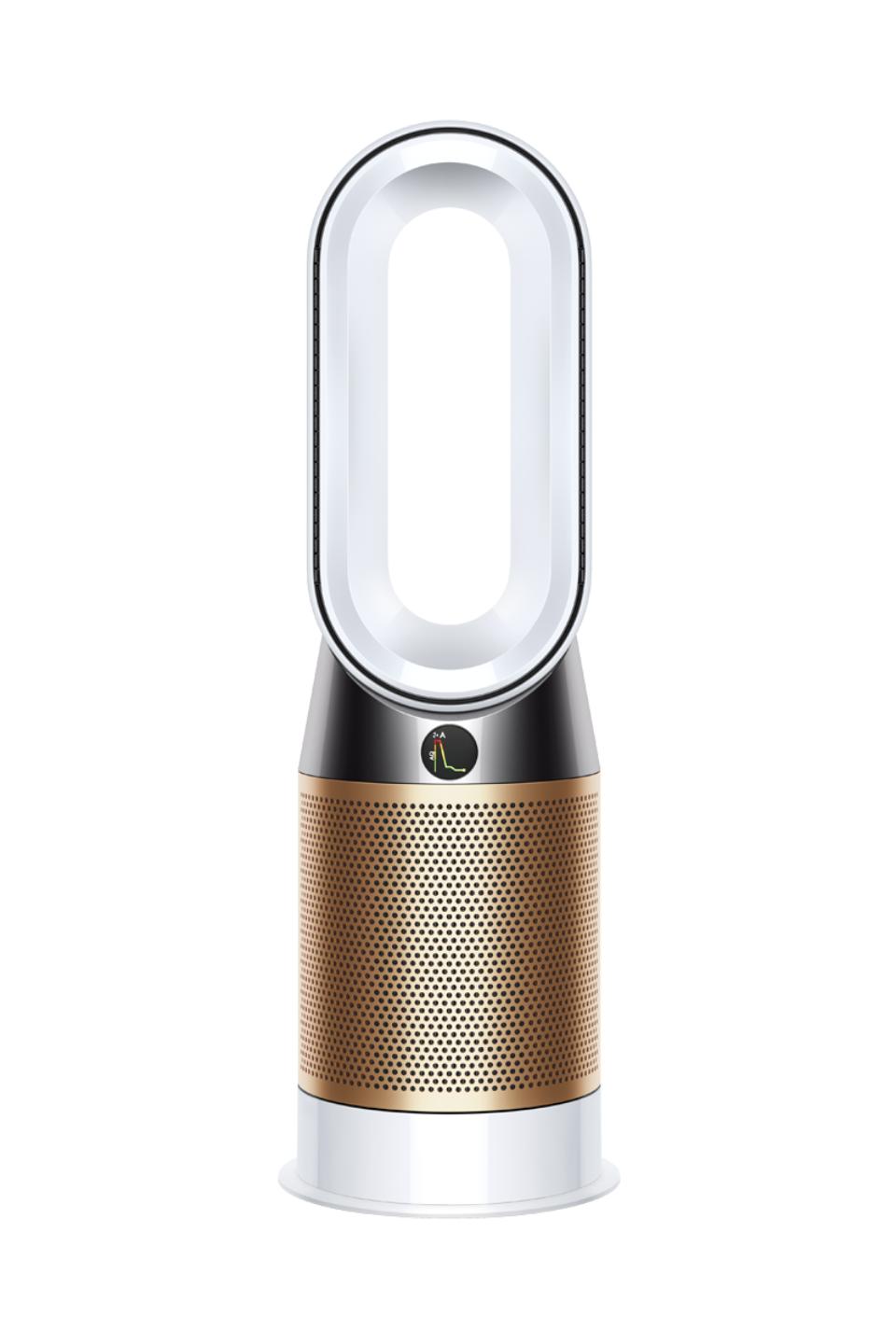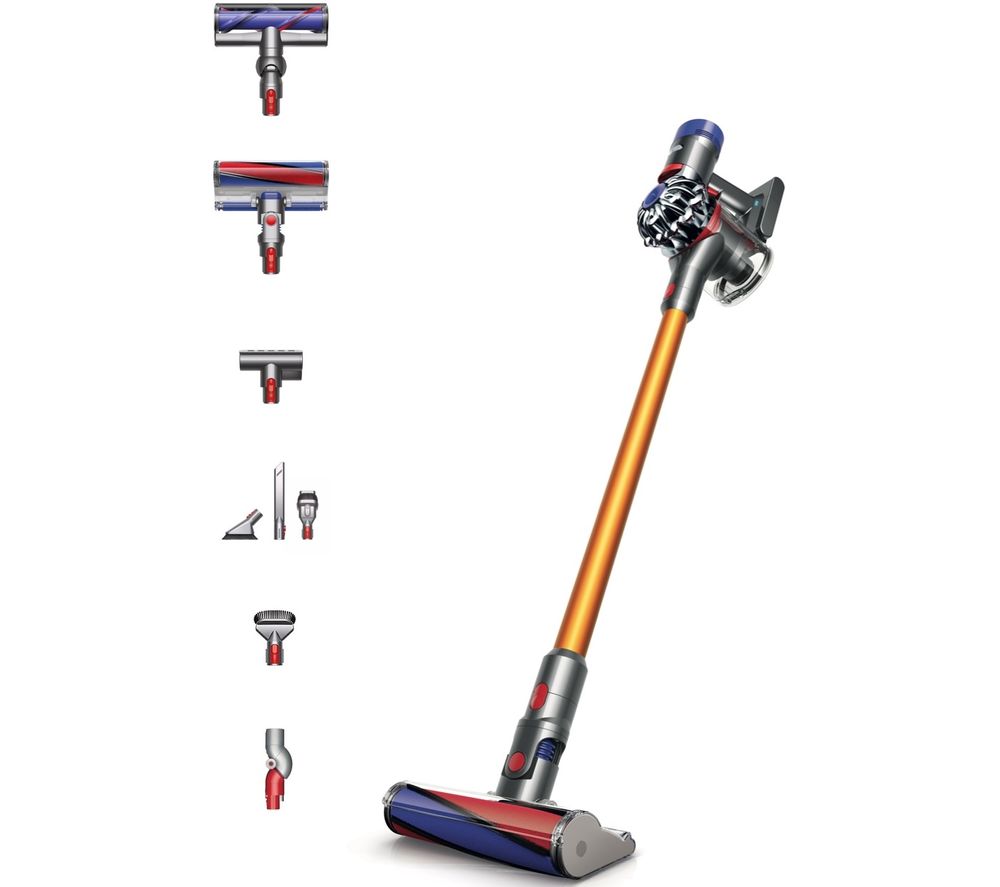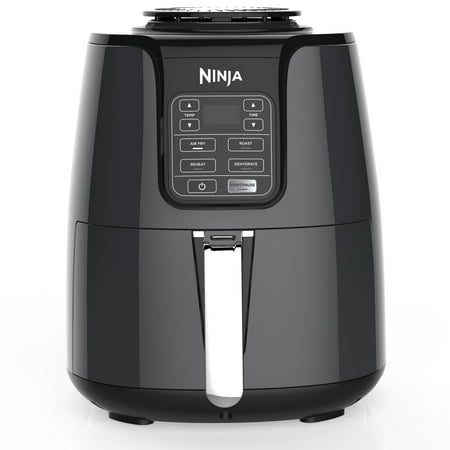Xbox Series X Replica Mini Fridge Thermoelectric Cooler – Europe Version
Get into gaming mode with Xbox Official Gear. 10L capacity thermoelectric cooler for home or vehicle use. Holds up to 12 soda cans and 2 snack shelves inside the door. EU plug and USB port on front door for charging. Cools items up to 36°F (20°C) below ambient temperature.
Introducing the Xbox Series X Replica Mini Fridge Thermoelectric Cooler made by Ukonic! The sleek matte-black tower holds up to 12 cans of your favorite beverage and with two door shelves you’ll be sure to have your favorite snacks at the ready. With LEDs and surface-features made to resemble the Xbox Series X, your friends will be amazed! Power your dreams – includes both power cables and has a USB port for charging devices.
- POWER YOUR DREAMS: Get into gaming mode with Xbox Official Gear. 10L capacity thermoelectric cooler for home or vehicle use. Holds up to 12 soda cans and 2 snack shelves inside the door.
- FEED YOUR HUNGER WITH THE MOST AWESOME FRIDGE EVER: EU plug and USB port on front door for charging. Cools items up to 36°F (20°C) below ambient temperature.
- SLEEK APPEAL INSIDE AND OUT: Two removeable interior shelves and two removeable door shelves for snacks. Top of fridge and Xbox logo light up with individual on/off switches.
- A TOWERING MATTE-BLACK SILHOUETTE: Dimensions 18″ x 9″ x 9″ (462mm x 232mm x 232mm) Exterior. 13.2” x 6.8” x 6.8” (337mm x 174mm x 175mm) Interior.
- This item is only available to ship to Italy, Spain, France, Poland and Netherlands at this time.






Reviews
There are no reviews yet.